How long does it take for cats to show improvement on GS-441524?
Early signs of positive response
If you are a cat owner dealing with Feline Infectious Peritonitis (FIP), you may be concerned about the efficacy and duration of therapy with GS-441524. In this post, we'll take a look at how cats usually recover after receiving GS-441524 treatment, so you'll know what to anticipate during that important time.
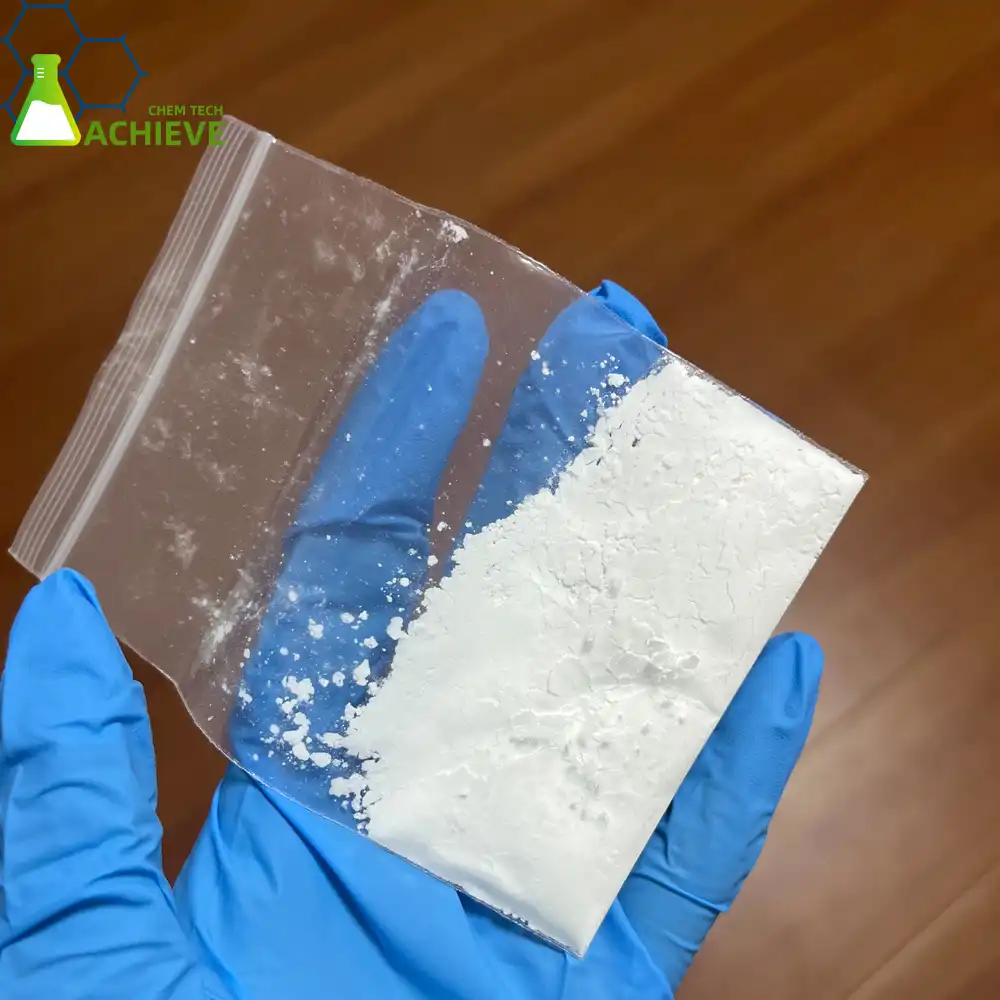
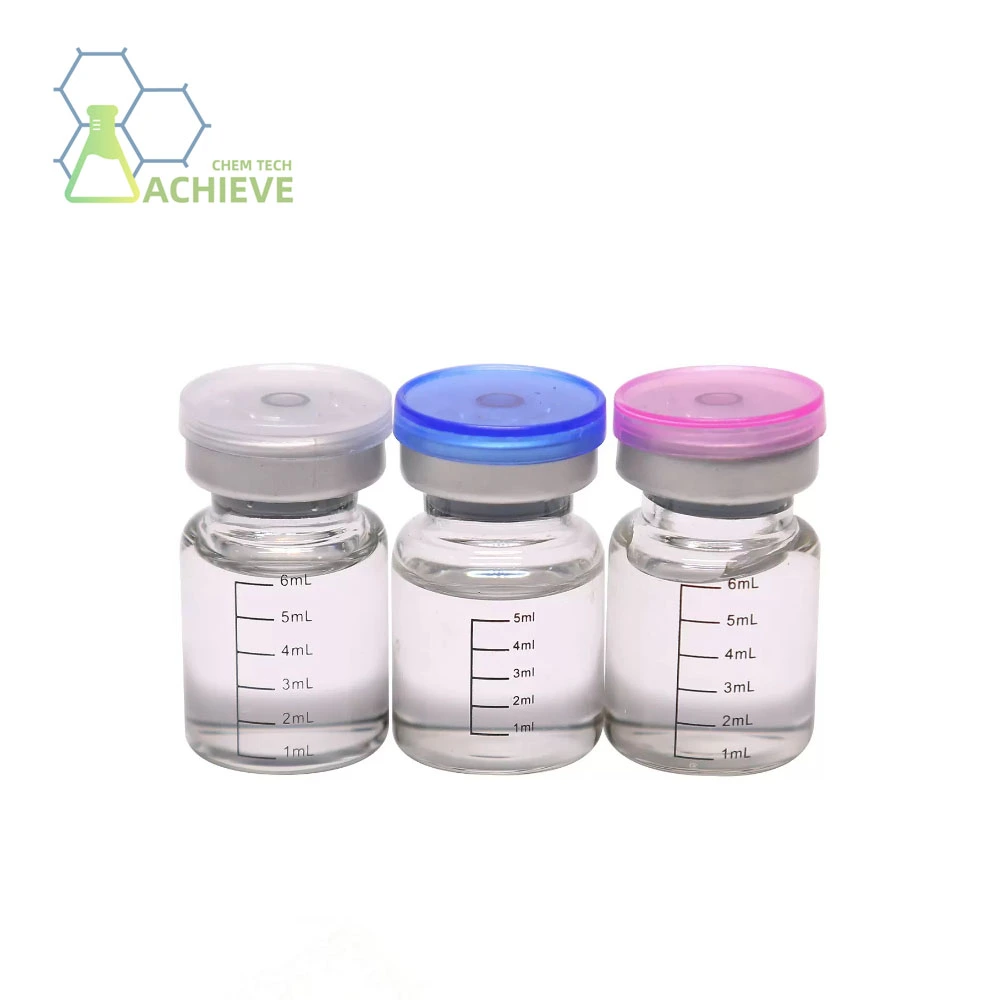

Early signs of positive response
When cats begin treatment with GS-441524, many owners are eager to see signs of improvement. While each cat's response can vary, there are some common early indicators that the treatment is having a positive effect:
Increased appetite and energy
One of the first noticeable changes is often an improvement in appetite. Cats that were previously disinterested in food may start showing enthusiasm for their meals again. This is typically accompanied by a gradual increase in energy levels, with cats becoming more active and playful.
Reduction in fever
FIP often causes persistent fever in affected cats. As the GS-441524 treatment begins to take effect, many cats experience a reduction in body temperature, returning to normal range within the first few days of treatment.
Improved hydration
Cats with FIP often struggle with dehydration. As they start responding to GS-441524, their hydration levels typically improve, which can be observed through increased water intake and better skin elasticity.
|
|
|
|
Average time to noticeable improvement
While the timeline for improvement can vary, most cats show significant progress within the first few weeks of starting GS-441524 treatment. However, it's important to understand the general timeline of recovery:
First 24-72 hours
In many cases, cats begin to show subtle signs of improvement within the first 24-72 hours of starting GS-441524 drug treatment. This may include a slight increase in appetite or energy levels. However, these changes can be subtle and may not be immediately apparent to all owners.
01
First week
By the end of the first week, more noticeable improvements are often observed. Cats may display increased appetite, reduced fever, and improved overall demeanor. Some cats with effusive (wet) FIP may show a reduction in abdominal fluid accumulation.
02
2-4 weeks
The period between 2-4 weeks is often when the most dramatic improvements are seen. Many cats return to near-normal behavior during this time, with significant increases in activity levels, appetite, and overall well-being. Blood work parameters may also begin to normalize during this period.
03
8-12 weeks
For most cats, the full 12-week treatment course is recommended to ensure the best chance of a complete cure. By 8-10 weeks, many cats have normalized blood values and show substantial weight gain. The 12-week mark is often considered a milestone in the treatment process.
04
Factors affecting speed of recovery
Several factors can influence how quickly a cat shows improvement on GS-441524 treatment:
Age of the cat
Younger cats often respond more quickly to treatment than older cats. Kittens and young adult cats typically show faster improvement and have higher overall cure rates.
Form of FIP
The type of FIP a cat has can affect recovery time. Cats with wet (effusive) FIP often show more rapid initial improvement compared to those with dry FIP. However, cats with ocular or neurological involvement may require higher doses and longer treatment periods.
Severity of disease at treatment initiation
Cats that begin treatment earlier in the disease process generally show faster improvement. Severely ill cats or those with advanced disease may take longer to show noticeable progress.
Proper dosing
Administering the correct dose of GS-441524 is crucial for optimal results. Underdosing can lead to slower improvement or treatment failure, while proper dosing based on the cat's weight and form of FIP supports faster recovery.
Supportive care
Providing excellent supportive care, including proper nutrition, hydration, and addressing any secondary issues, can help speed up the recovery process.
|
|
|
|
Conclusion
While the journey to recovery with GS-441524 treatment can vary for each cat, many owners observe significant improvements within the first few weeks of treatment. Early signs of positive response, such as increased appetite and energy, often appear within the first week. By 2-4 weeks, most cats show dramatic improvements, with many returning to near-normal behavior.
It's important to remember that the full 12-week treatment course is typically recommended to ensure the best chance of a complete cure. Throughout the treatment process, close monitoring by both the owner and veterinarian is essential to track progress and make any necessary adjustments to the treatment plan.
The road to recovery from FIP with GS-441524 treatment can be challenging, but for many cats and their owners, it offers hope in the face of what was once considered a fatal disease. By understanding the typical timeline for improvement, cat owners can approach the treatment process with realistic expectations and optimism for their feline companions' futures.
FAQ
1. Can a cat show improvement on GS-441524 and still relapse?
Yes, while rare, relapses can occur even after a cat shows initial improvement. This is why completing the full recommended treatment course is crucial, and post-treatment monitoring is important.
2. What should I do if my cat isn't showing improvement after several weeks on GS-441524?
If your cat isn't showing expected improvements, consult with your veterinarian. They may recommend adjusting the dosage, extending the treatment duration, or investigating other potential health issues.
3. Are there any side effects of GS-441524 that might be mistaken for lack of improvement?
While GS-441524 is generally well-tolerated, some cats may experience temporary side effects such as injection site soreness or mild gastrointestinal upset. These should not be confused with lack of improvement and typically resolve quickly.
Trust BLOOM TECH for Your GS-441524 Needs
Your search for a dependable and trustworthy supplier of high-quality GS-441524 drug for your feline patients ends with BLOOM TECH. You can trust that the GS-441524 you get from us will always be of the highest quality and will effectively assist your FIP treatment programs since we are dedicated to perfection. Our team at BLOOM TECH has been working in the field of organic synthesis and pharmaceutical intermediates for over 10 years, giving us unmatched knowledge and reliability. If you need GS-441524 supplies, go no farther than BLOOM TECH. Your patients' treatment is too important to risk.
For inquiries and orders, please contact our dedicated sales team at Sales@bloomtechz.com. As your go-to GS-441524 supplier, we're here to support your veterinary practice with top-tier products and exceptional service.
References
1. Pedersen, N.C. et al. (2019). Efficacy and safety of the nucleoside analog GS-441524 for treatment of cats with naturally occurring feline infectious peritonitis. Journal of Feline Medicine and Surgery, 21(4), 271-281.
2. Addie, D.D. et al. (2020). Feline infectious peritonitis. ABCD guidelines on prevention and management. Journal of Feline Medicine and Surgery, 22(11), 1093-1119.
3. Murphy, B.G. et al. (2018). The nucleoside analog GS-441524 strongly inhibits feline infectious peritonitis (FIP) virus in tissue culture and experimental cat infection studies. Veterinary Microbiology, 219, 226-233.
4. Dickinson, P.J. et al. (2020). Antiviral treatment using the adenosine nucleoside analogue GS-441524 in cats with clinically diagnosed neurological feline infectious peritonitis. Journal of Veterinary Internal Medicine, 34(4), 1587-1593.

Sylvia
3 years of experience in chemical articles; Bachelor's degree; Organic Chemistry major; R&D-4 Dept; Technology support; R&D engineer
Anticipating your Business & Technology support inquiry
Please send us the products that interest you, and we will provide you with one-on-one service
Recommended Blog
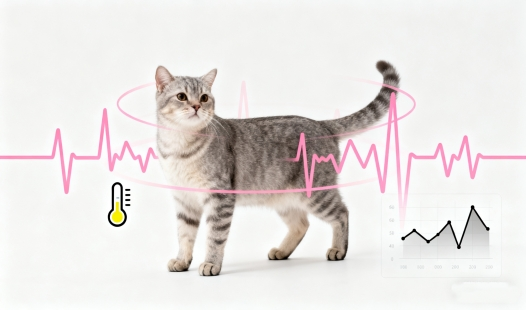
How is GS-441524 administered, and what are its side effects?









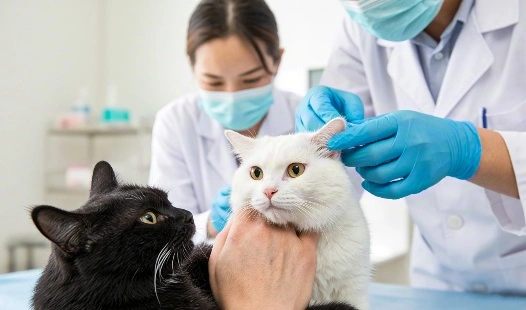
_副本_1761268985065.webp)


_副本_1760580791986.webp)
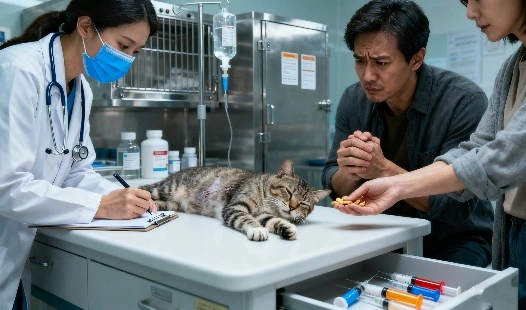

_副本_1758852146010.webp)
